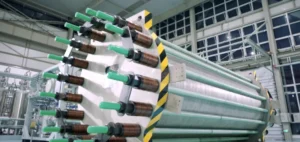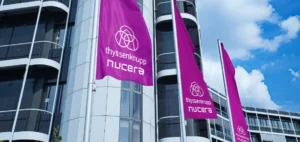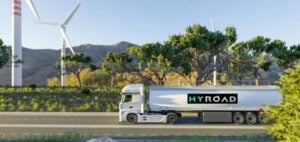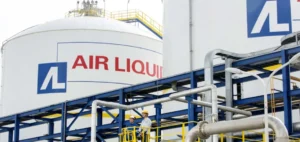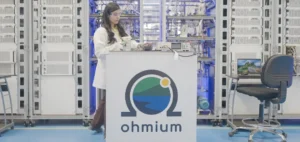Hydrexia, a major player in the hydrogen technology sector, has announced the signing of a memorandum of understanding (MOU) with the Japanese company YamatoH2E. The aim of this agreement is to jointly develop innovative solutions for the production, storage, and distribution of hydrogen in Japan. This strategic partnership is designed to strengthen Hydrexia’s access to the rapidly growing Japanese market, where initiatives to reduce CO2 emissions are multiplying.
Japan, as a leader in energy technology and innovation, represents a key market for hydrogen, particularly in the context of its long-term decarbonization goals. The Japanese government has set ambitious hydrogen targets, aiming to make it a key component of its energy strategy. In 2020, the country announced that it would invest $2 billion in hydrogen-related projects to drive the energy transition and achieve its carbon neutrality goals by 2050.
This MOU between Hydrexia and YamatoH2E is expected to position both companies more favorably in this strategic market. The partnership will focus on optimizing the production of green hydrogen from renewable sources, as well as developing large-scale hydrogen storage solutions, a major challenge for Japan due to its energy dependence.
A Promising Hydrogen Market in Japan
Japan has taken concrete steps to become a pioneer in hydrogen use. The country is setting up hydrogen production and distribution infrastructure, with initiatives aimed at promoting hydrogen as an energy source in industrial sectors and mobility. The export of hydrogen, particularly in the form of liquids or ammonia, is also part of Japan’s ambitions, which could influence global markets.
The country also plans to install hydrogen refueling stations for hydrogen-powered vehicles, thus increasing the demand for efficient hydrogen production solutions. In response to these developments, Hydrexia, with its expertise in hydrogen storage solutions, may be well-positioned to meet the growing demand in this sector.
Strategic Collaboration for Storage Solutions
The collaboration between Hydrexia and YamatoH2E focuses largely on implementing technologies that enable more efficient and secure hydrogen storage. Hydrogen storage is a major technical challenge, particularly for ensuring its transport and large-scale use. By leveraging cryogenic storage technologies and other innovative solutions, this partnership could accelerate the adoption of hydrogen in key sectors of the Japanese economy.
With the growing demand for alternative energy solutions, Japan is positioning itself as a leader in integrating hydrogen into its energy mix. Collaborations like the one between Hydrexia and YamatoH2E are part of this dynamic, contributing to the research and development of new energy technologies.











